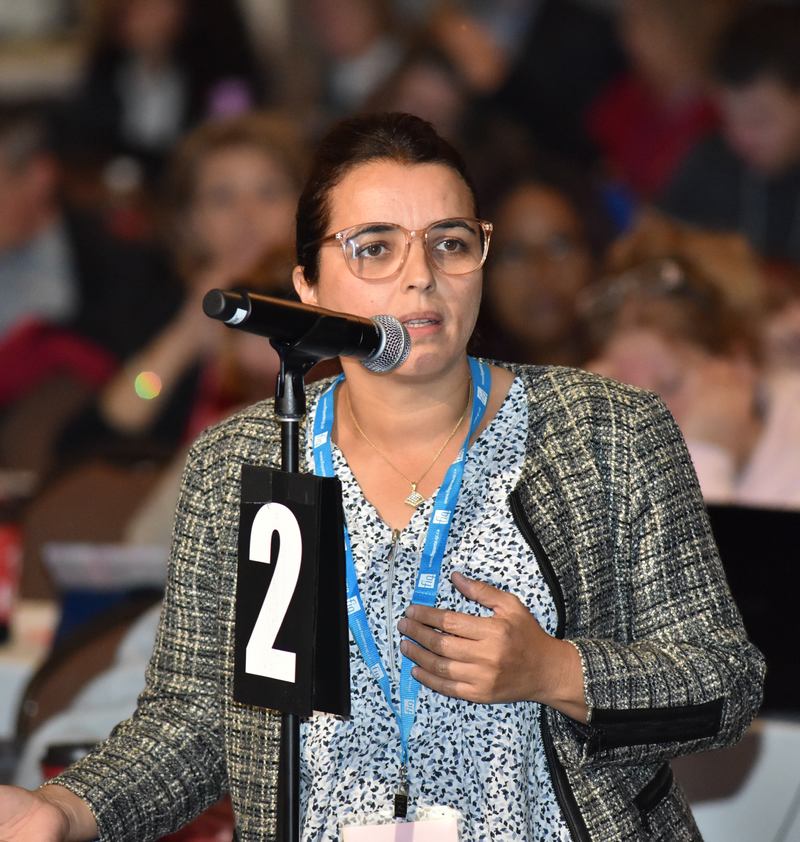While the price of vegetables or beef, or the sudden rise in the price of cauliflower, may sometimes make headlines in southern Quebec, the cost of goods is a serious and constant problem up North.
As a reference point, in Kuujjuaq, at the end of January 2020, a kilo of margarine was priced at $10.19, a big box of sugary cereal was $11.99, two pounds of clementines cost $4.99 and a litre of carbonated water (Perrier) cost $7.51. These are all prices from a flyer.
A federal government program has been set up to compensate for the extra cost of goods for remote communities throughout Canada. The Hudson Bay and Ungava Bay villages are among these isolated communities.
If the communities have relatively good services, then they can also order things from southern Quebec. When it comes to food up North, people also get to know unique products that are part of the traditional Inuit or Cree culture. These products are also included on menus for patients in healthcare institutions.











